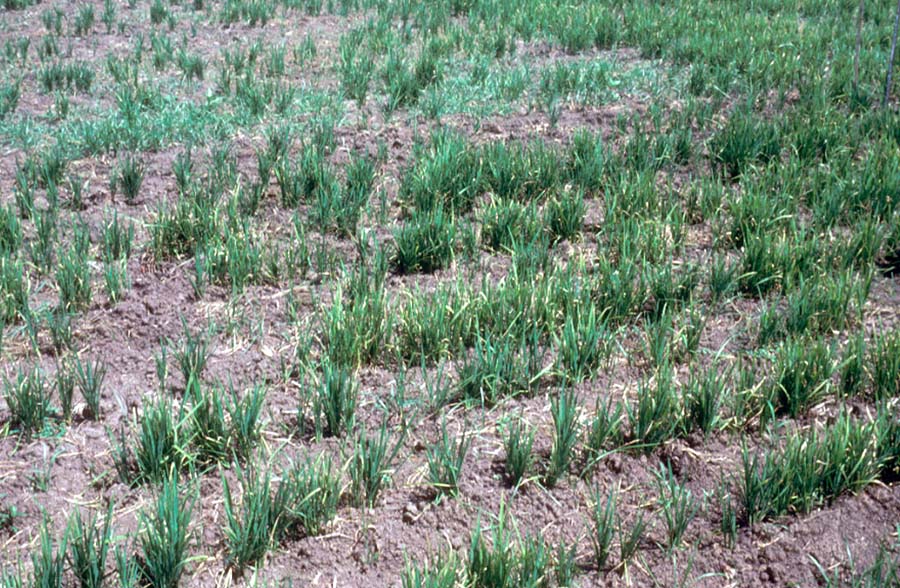Ant
Solenopsis geminata (Fabricius)
 What it does?
What it does?
Ants feed on rice seeds and seedlings.
Their feeding damage causes rice seeds or plants to be missing. It also affects plant stand, and increases the incidence of diseases vectored by Homoptera insects such as planthoppers, leafhoppers, mealybugs, and aphids.
Why and where it occurs
Ants mainly occur in the upland fields where they nest below the soil surface. In rainfed wetland fields, they are confined to rice levees or bunds.
Ants damage the field in patches. They usually feed on plant during seedling stage.
How to identify
 Check for missing plants and loss of plant stand.
Check for missing plants and loss of plant stand.
These damages are also similar to feeding symptoms of mole cricket. To distinguish, check for the presence of the insect.
Ants are often found in damaged area. Seeds may be found in their underground nests.
Why is it important
Ants are minor pests of rice. If damage is light, the rice crop can often recover from feeding damages.
How to manage
- To reduce impact of ant damage, increase seeding rate
- Control ants by allowing natural enemies such as birds, snakes, bull frogs, and ground lizards.
- Compost tea and beneficial nematodes: Beneficial micro-organism in the compost tea and in the gut of nematodes seems to be doing the actual control.
- When ants encounter a fence or a wall they are likely to travel the course of the fence rather than up over the fence to forage on the other side. Physical barriers such as ant fences running parallel to the field periphery are partially successful in keeping ants out of the field.







